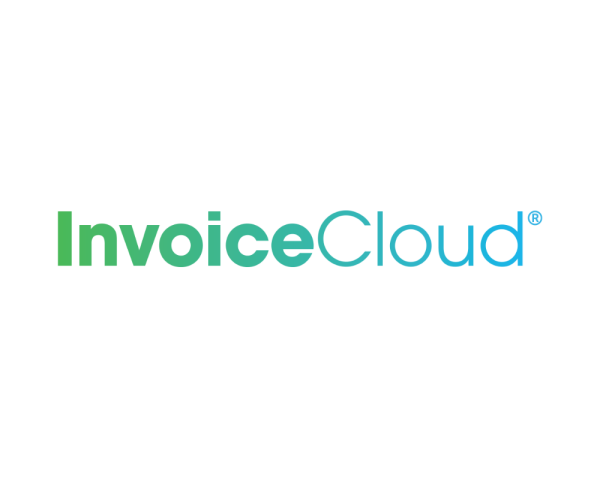View original article on invoicecloud.com.
It’s become increasingly difficult to ignore: the insurance industry is facing a major talent shortage that is only just beginning. A confluence of factors has ushered us into this gap in the insurance workforce, including the Great Resignation — a trend in which nearly 57 million Americans quit their jobs in search of more fulfilling work and a better work-life balance – and minimal interest reported among younger generations in more traditional industries, like insurance (a recent PwC report found that 21% of millennials would rather not work in the financial services sector).
Not to mention what’s on the horizon: a wave of mass retirement is threatening to crash on the industry within the next few years, in which the U.S. Bureau of Labor Statistics projects nearly 400,000 employees will retire from the insurance and insurtech spaces.
Altogether, it seems likely that today’s insurance talent shortage isn’t going away any time soon. If anything, carriers may be feeling increased pressure from reduced staffing in the coming years, in a few critical ways.
Let’s explore how this workforce gap has and will continue to impact the day-to-day operations of insurance organizations and, critically, what can be done to bridge the gap.
1. Increased workloads disrupting internal processes
The most obvious impact of a reduced staff is increased workloads for the remaining team. With fewer folks to share the load, the slack is distributed among an insurer’s pared-down staff, and existing internal processes are likely to be disrupted.
Increased workloads are especially tedious and time-consuming if manual work is involved. Sending out bills and processing premium payments, for instance, can take hours out of a work week and cannot be ignored without risking revenue streams. However, spending excessive time on billing and payment-related tasks – despite the organizational importance of these processes – can distract staff from other critical aspects of their roles.
2. Retention risks from poor policyholder experience
One particularly detrimental example is the impact an overwhelmed staff can have on policyholder retention. Fewer hands on deck could mean fewer customer service representatives to field policyholder questions, concerns, and complaints, resulting in a poor customer experience. Plus, increased workloads (especially those that involve manual work) could mean an increase in errors, which tends to breed policyholder dissatisfaction. This is especially true when finances are involved.
Manually processing payments, for instance, can cause delays resulting in late payments, duplicate bills, and costly cancellations for non-payment. These inefficiencies create a rise in policyholder frustration and confusion, which could lead to their seeking new insurers. Finances are critical to policyholders, and any issues with payment processing can lead to a loss of trust in the insurer. Policyholders are not likely to remain with an insurer that mishandles their finances, whether it’s not processing premiums on time or delaying claims payments.
3. Difficulties hiring and retaining talent
We know finding talent has become a major challenge in the insurance space, but the workforce gap also takes a significant mental and physical toll on an organization’s remaining staff. Team members are stretching themselves thin to cover the cracks, fielding frustrated customer calls, and burning themselves out as a result.
Burnout is a state of physical, emotional, and mental exhaustion caused by prolonged stress and frustration in the workplace, and is often the result of excessive job demands, such as long work hours, intense pressure to meet deadlines, and inadequate support from colleagues or supervisors. The last thing insurance organizations need is to lose additional talent to burnout, but without a strategy to alleviate mounting, manual workloads, there’s not much insurers can do to escape this vicious cycle.
Addressing the Insurance Talent Shortage
During a time when policyholder expectations are at an all-time high and staffing is at an all-time low, carriers must do more with less while continuing to provide excellent service – otherwise, retention is at risk.
And it’s not just short-staffed insurers that are struggling: even carriers with full teams can become overwhelmed by the number of daily manual tasks. More manual work often means more room for error. It also means less time to dedicate to high-priority projects and cultivating relationships with policyholders.
To do all this, insurance companies must optimize their valuable human resources by automating manual tasks and processes, especially those processes where policyholder satisfaction is most at risk. Learn more by downloading InvoiceCloud’s ebook, The Digital Bridge: Closing the Insurance Talent Gap by Digitizing Billing and Payments.
Sponsored by ITL Partner: InvoiceCloud








